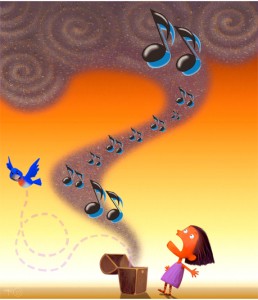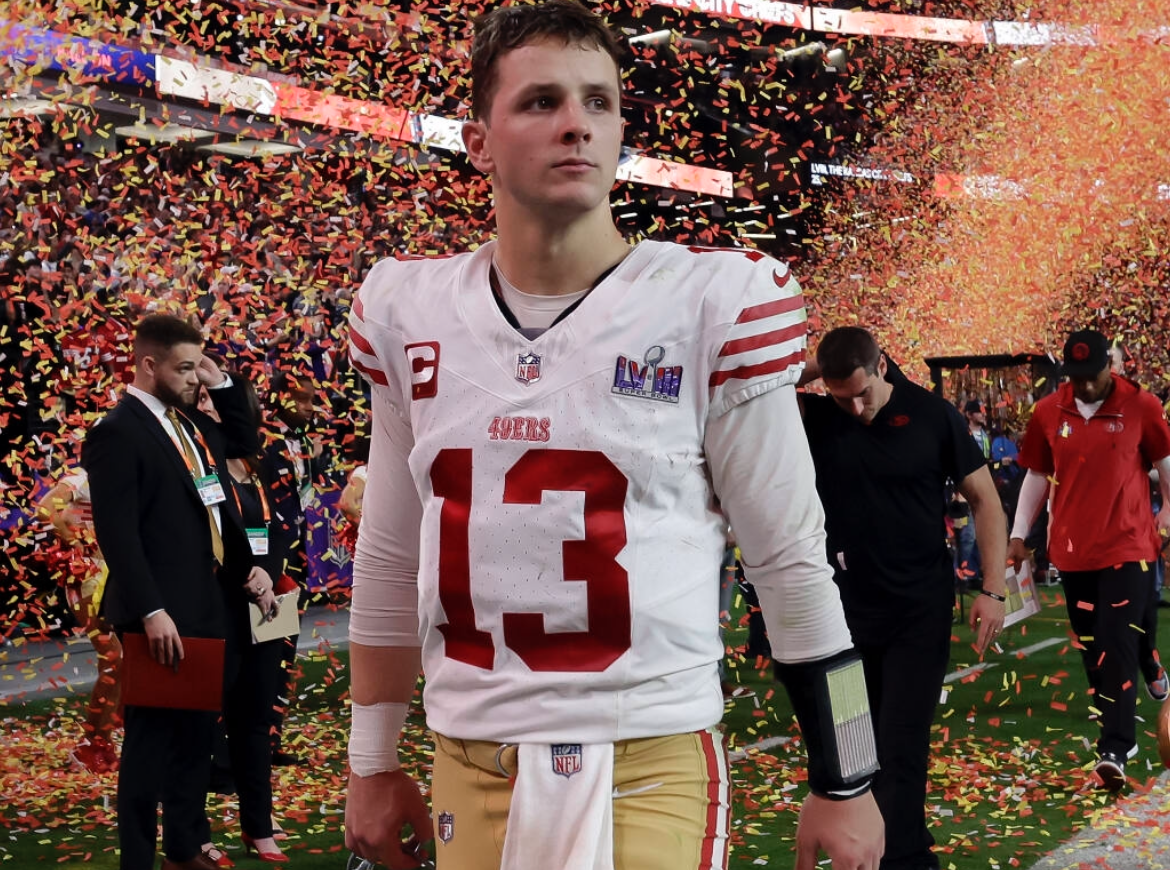
They’ve opened Pandora’s box, and what comes out may just be the next revolution in music.
Late last week, the Oakland-based company Pandora—which allows users to create their own internet radio stations—announced that it would now be publically traded on the stock market. The IPO filed on Feb. 11 has a reported initial worth of up to $100 million.
Not bad for a company founded by a bunch of musicians, even though they also hold college degrees.
Pandora Media Inc., which has been in operation since 2000, generated $55.2 million last year, according to the U.S. Securities and Exchange Commission, and currently boasts more than 80 million users in the United States, causing founder and Chief Strategy Officer Tim Westergren and CEO Joe Kennedy to push the up-and-coming company into the great unknown that is the world stock exchange.
Their recent success has been attributed to Pandora’s cross-promotional tactic of linking its product to other technological services such as Windows, BlackBerry, Facebook, Netflix, and the litany of Apple “i” products. It appears that almost any technological device can be synced up to Pandora radio—pretty soon your hairdryer will be able to play your favorite smooth hits of the seventies.
Users will note the services’ distinct ability to predict what the listener will want to hear and create a playlist of songs that is uniquely created for them. The software behind Pandora’s seemingly simple user interface is the brainchild of Westergren, who began developing the technology while working as a record producer and music composer after graduating from Stanford University.
First taking the form of the Music Genome Project one year before the founding of Pandora, Westergren joined forces with Will Glaser, a fellow music appreciator who possessed a flair for the technical, and began developing complex algorithms which organizes songs and artists based on the tonal qualities of the music.
When users enter in a specific musical artist or group, the software instantly compiles a digital playlist of songs which share common rhythms, tones, and harmonies to create a continuous flow of music which would make any disc jockey sweat. Thus, special characteristics of music, or “vectors,” can be strung together like chromosomes in a chain of DNA.
The company reports to have a backlog of 800,000 songs of styles ranging from classical to heavy metal. Although the catalogue is immense, each artist is selected and individually scanned into the system. This puts Westergren and his company in the prime position of acting as a moderator between musicians and the American consumer. It has even been said that Westergren hopes to make record companies, which have already been fledgling since the downfall of the compact disc, a thing of the past.
As of now, around 80 percent of Pandora’s listeners utilize the product for free, while others choose to subscribe to the premium commercial-free service for a yearly fee.
Like iTunes, Pandora’s innovative business model makes it almost impossible for broadcast radio and traditional music distributors to keep up. Although internet and satellite radio providers have struggled in the past, it is the unique software which allows both music and advertising to be personalized to fit the consumer like never before.
Due to licensing complications, Pandora is currently limited to users within the United States, although don’t be surprised to see the company spreading to new markets in the near future.










